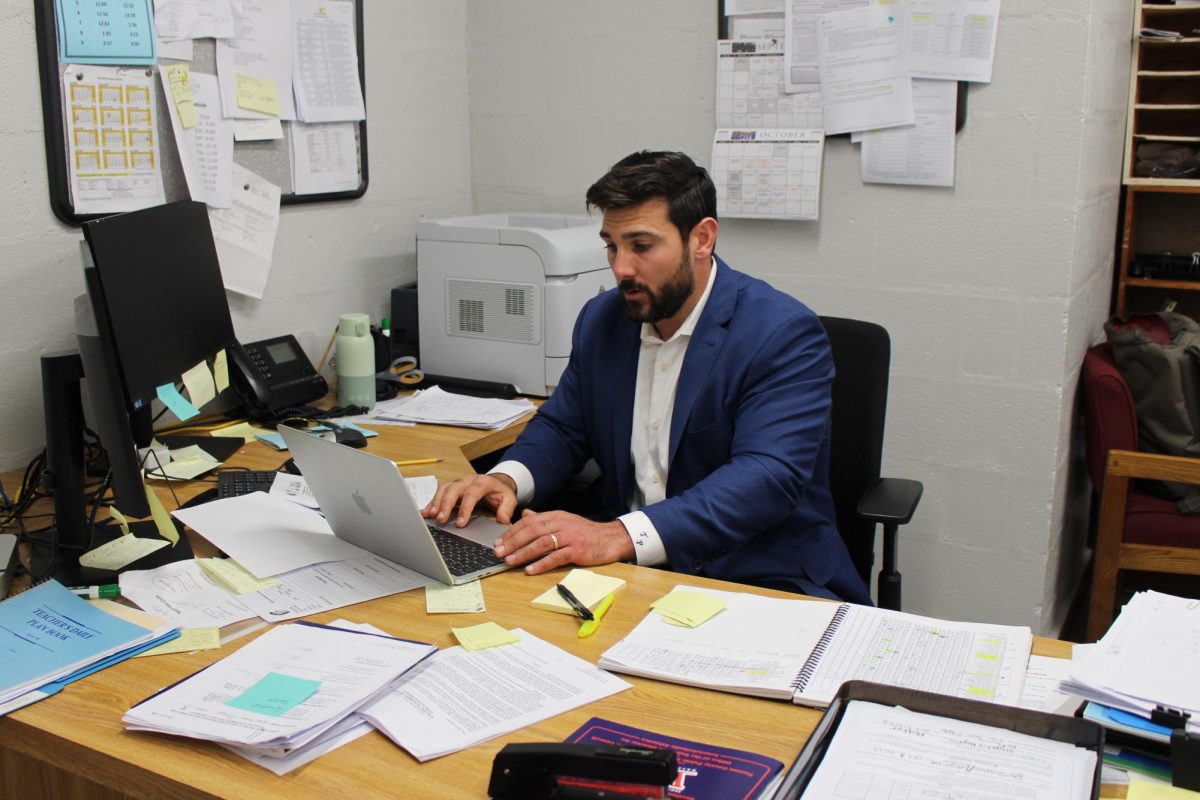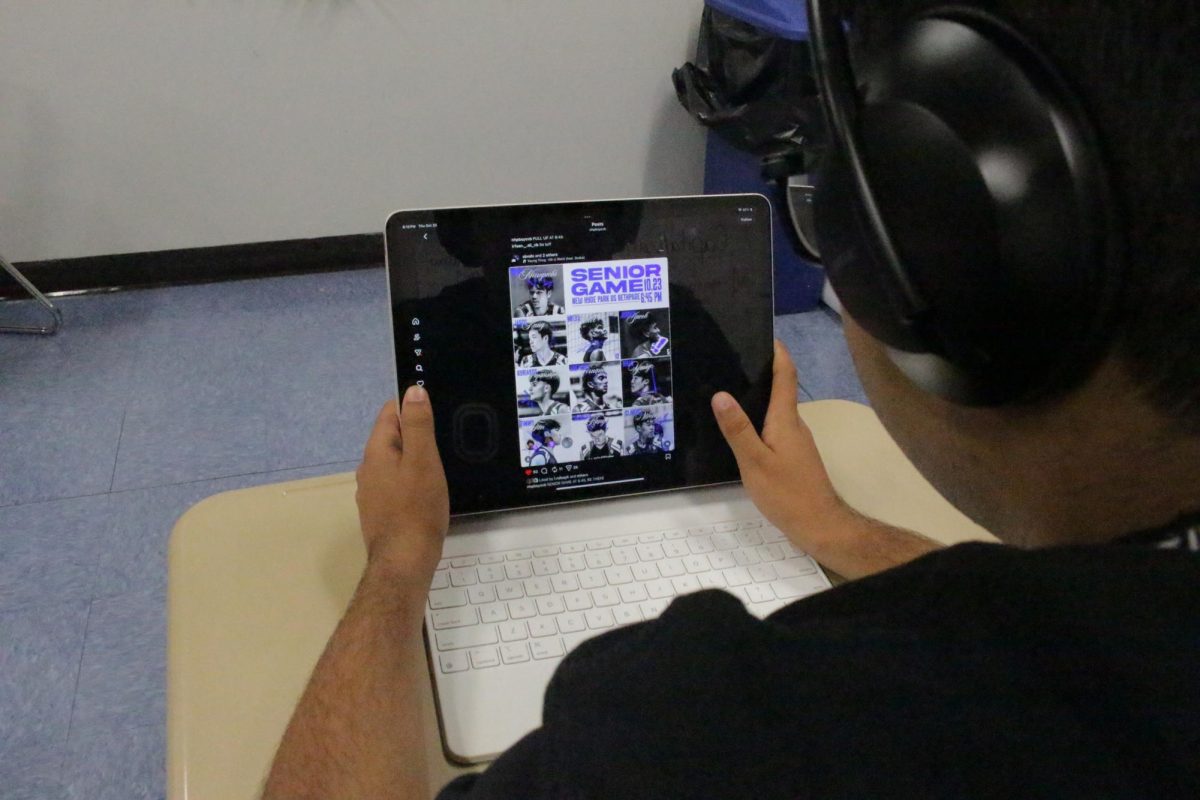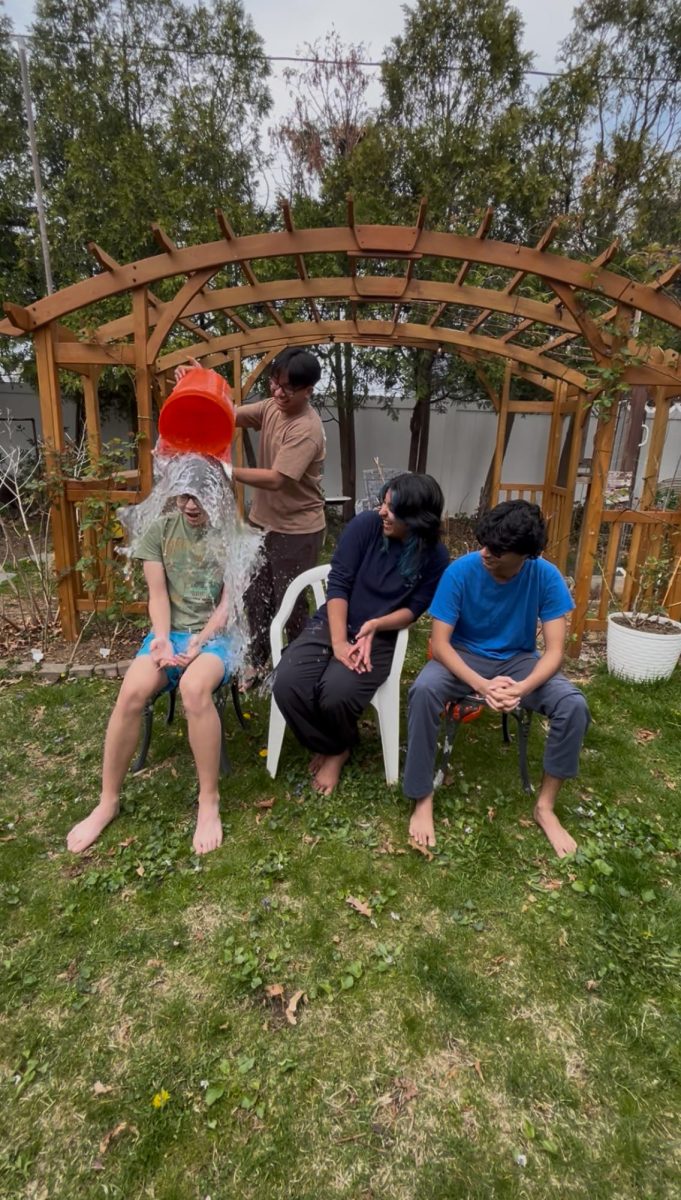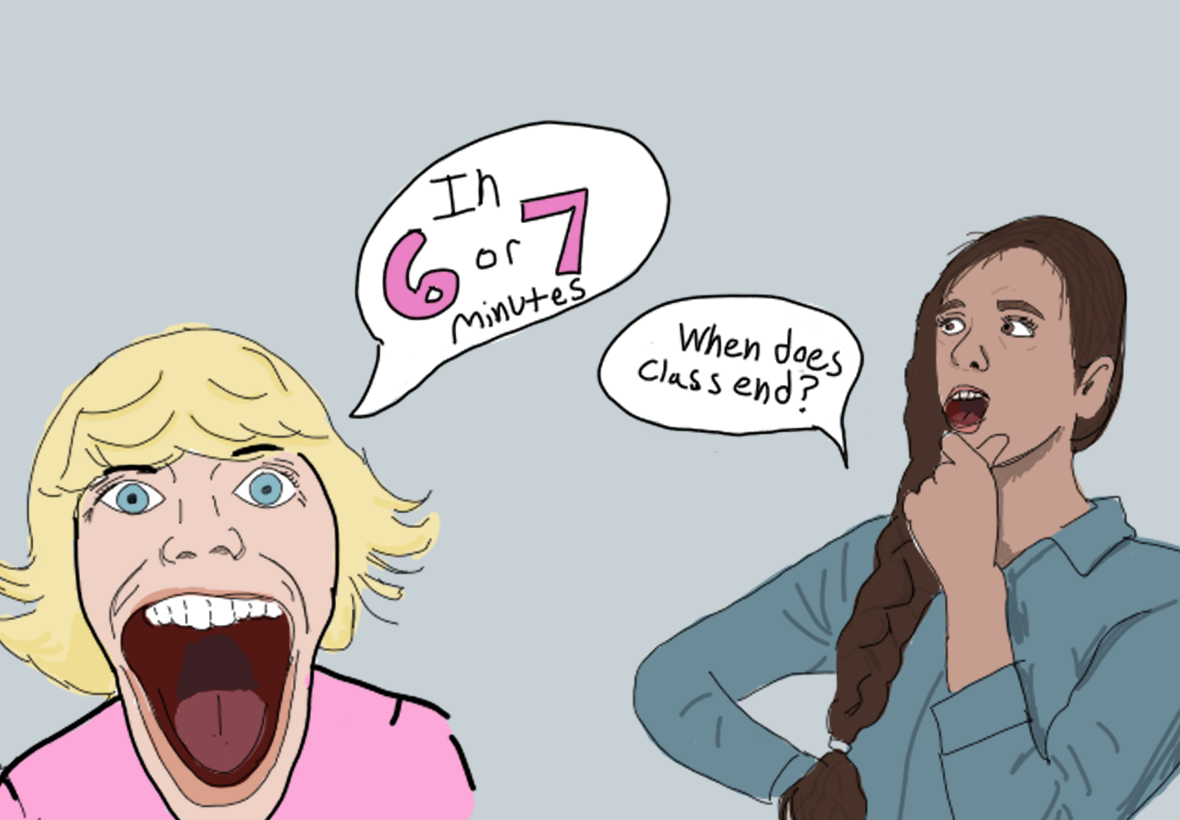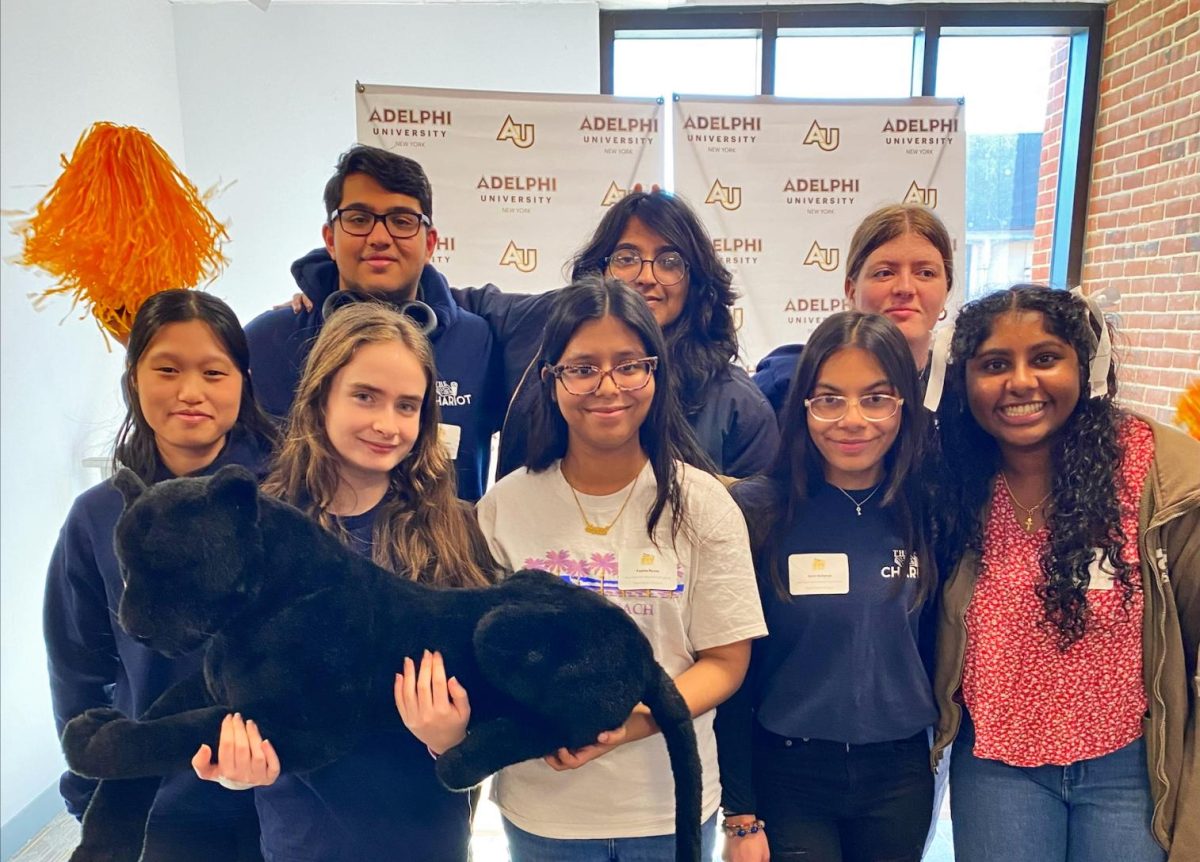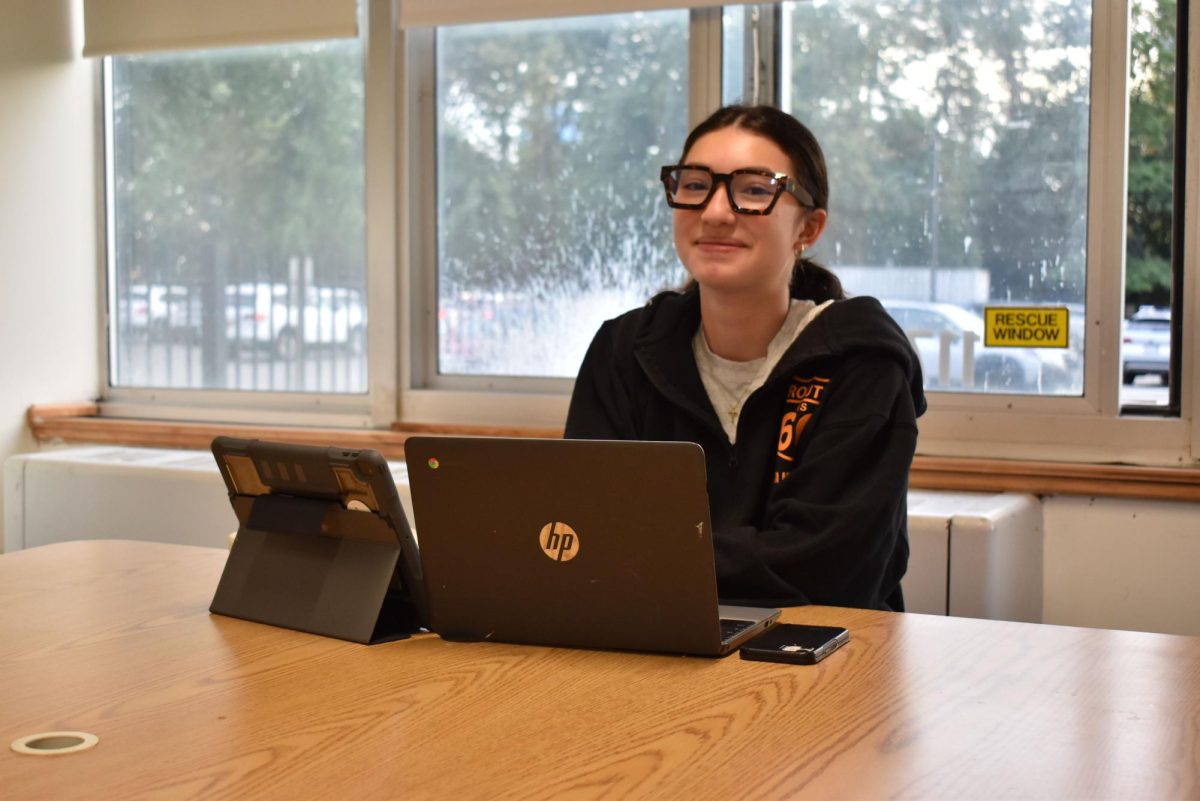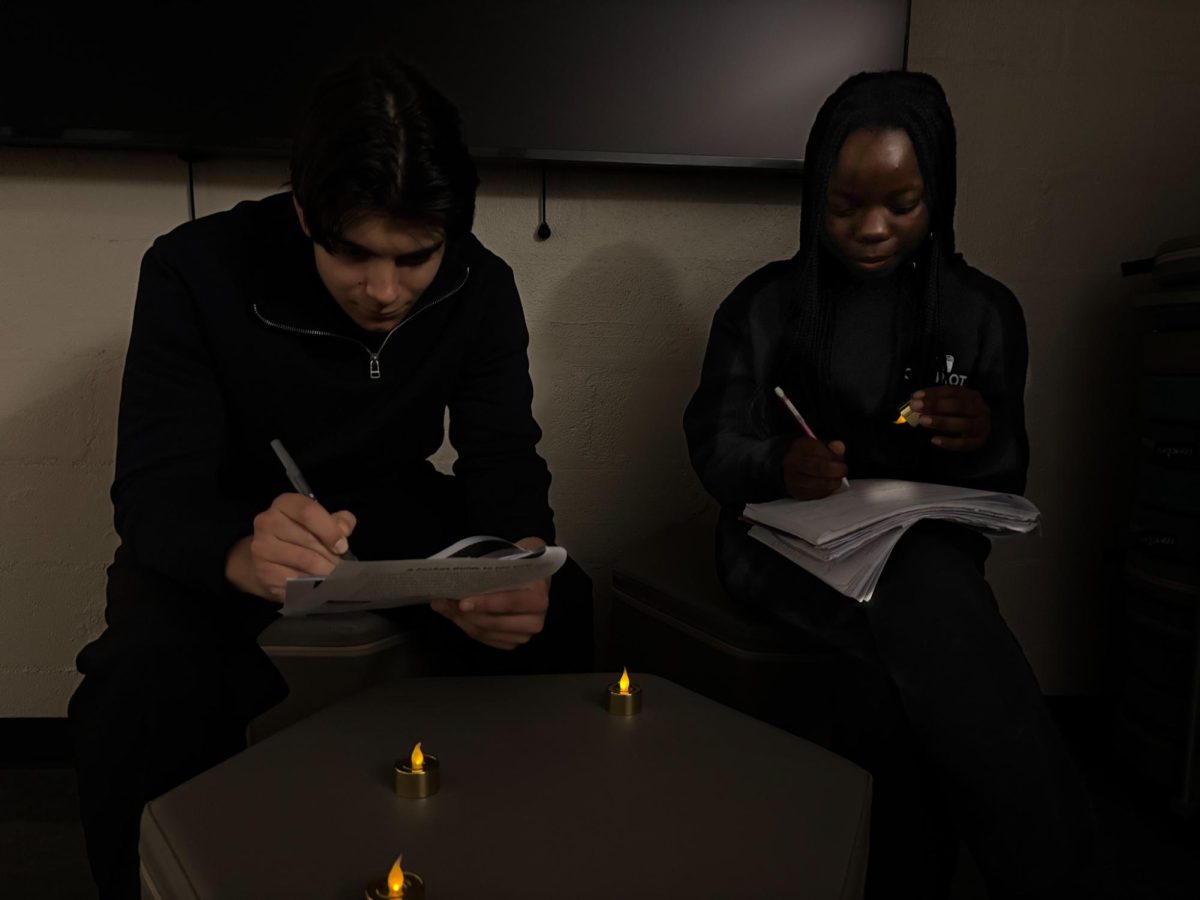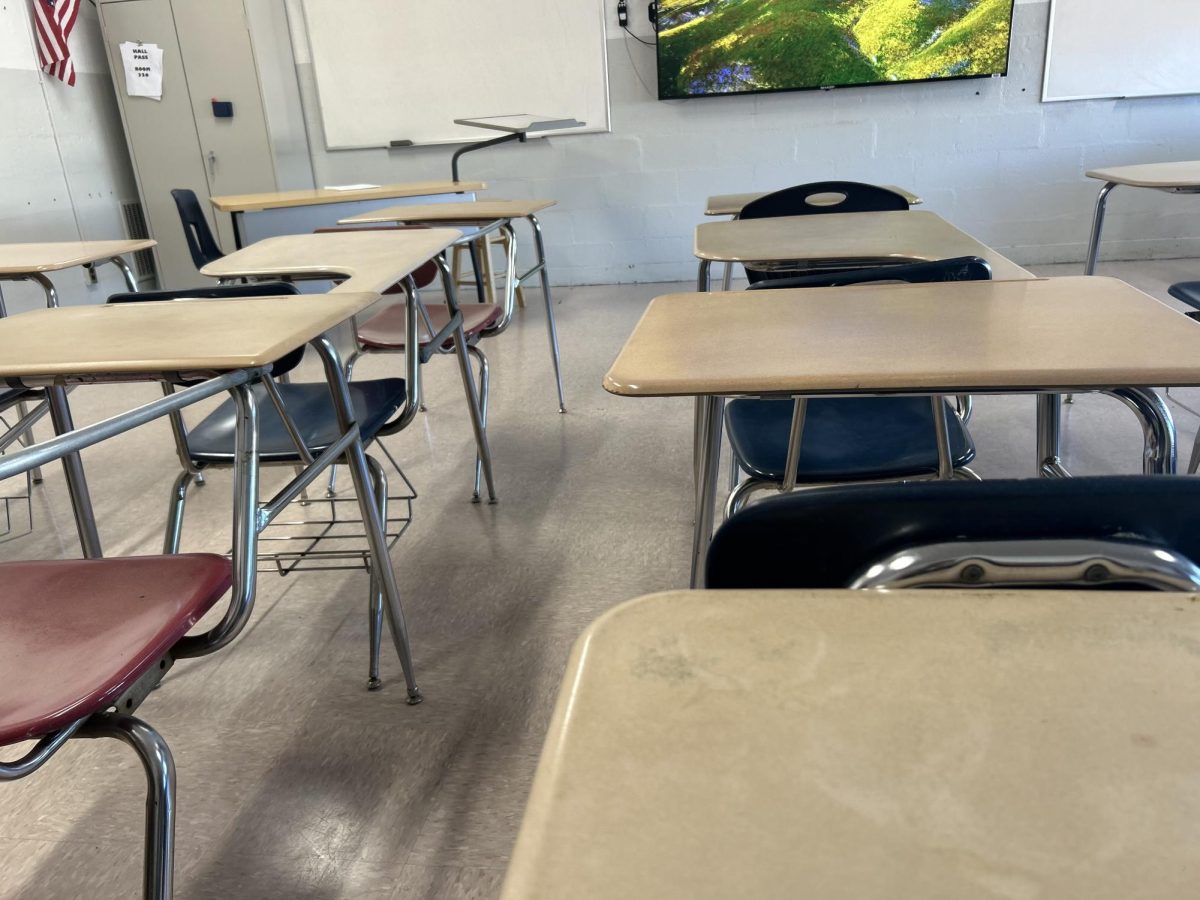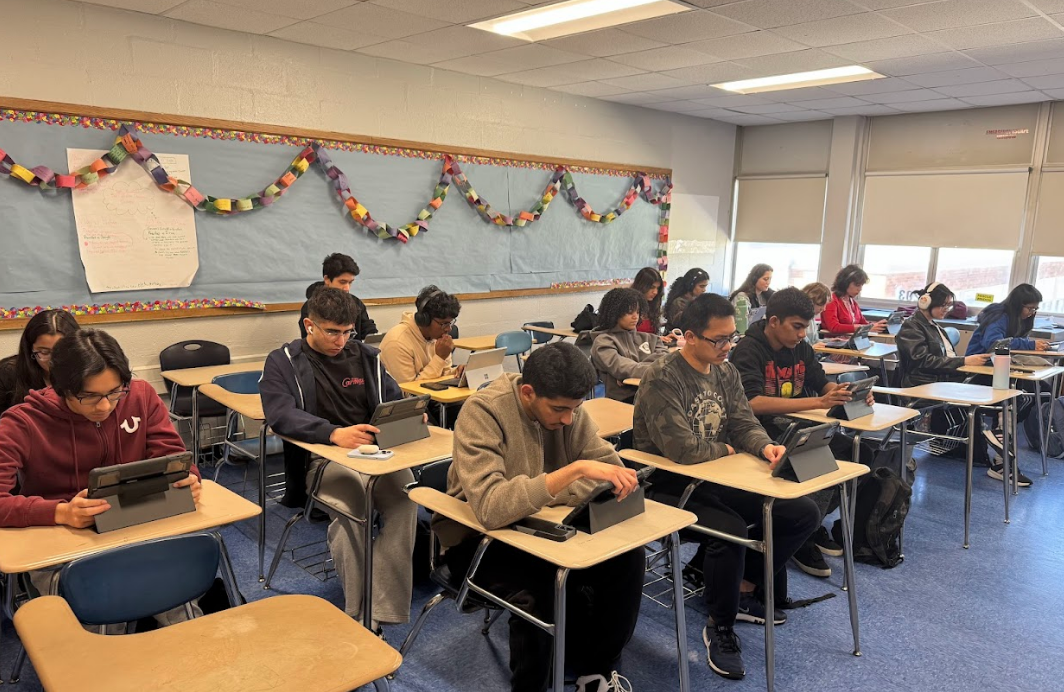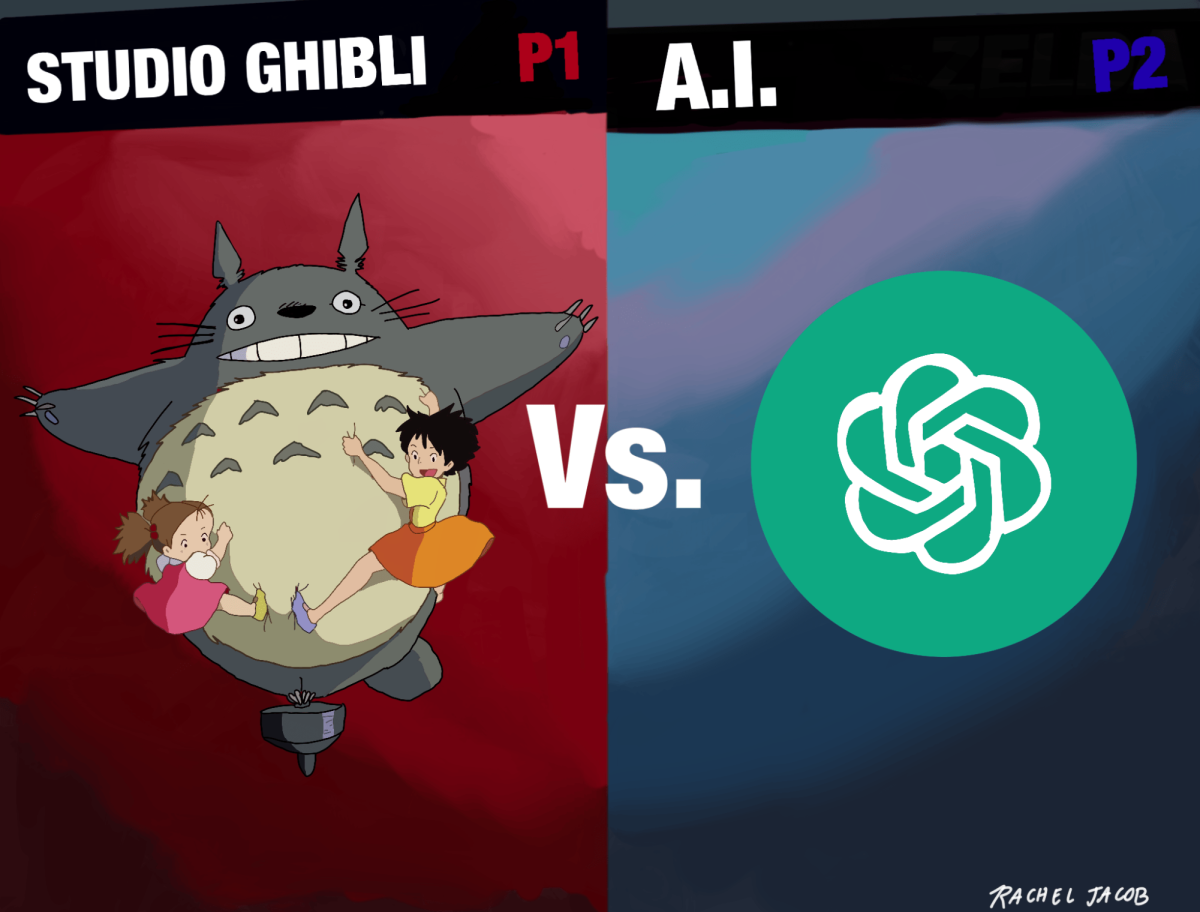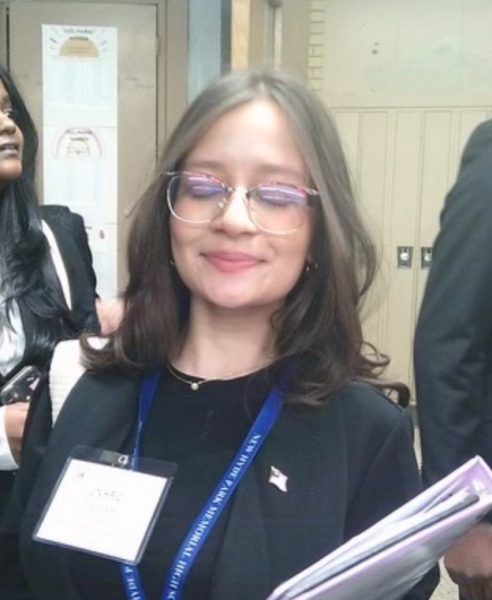From the pursuit of treatments of cancer to advancements in A.I. and renewable resources, all of these scientific topics are discovered and discussed through the means of scientific research. As of February 15, scientific research in the U.S. has been limited by the Trump administration through massive cuts in federal funding.
Science research involves an intricate process of discovering, experimenting, collecting and analyzing data to understand a subject via the scientific method. Many research studies come from federally funded institutions and colleges; the U.S. government funded about 40% of basic research domestically in 2022.
On February 15, President Trump signed an executive order cutting funds from agencies such as the National Institute of Health, the National Science Foundation and the Environmental Protection Agency. The motives behind this decision were aimed at reducing federal government size and increasing efficiency.
“Personally, while I’m not completely on board with it, I can definitely see Trump’s reasoning,” junior Anirudh Arvind said. “He’s basically arguing that university endowments have grown far too large for their relatively minimal funding of research as compared to the US government, and because research grants are being used rather inefficiently, a lot of money is not going to research. Let’s remember that out of the $35 billion awarded to the NIH, $9 billion had to go to indirect costs, which is a lot of money not spent on research. Overall though, I believe Trump is going to begin restoring funding once the whole research pipeline is forced to become more efficient.”
The EPA plans to remove its science research office and fire more than 1,000 scientists, with EPA Administrator Lee Zeldin announcing plans to remove 65% of the agency’s budget. Critics argue that these changes attack the EPA’s goal of protecting public health and the environment.
Furthermore, the Trump administration has limited various institutions of higher education, calling to reduce and eliminate federal funding unless certain criteria are met. For instance, Columbia University recently agreed to strengthen political supervision on its Middle East Studies department and rename its argument on antisemitism to restore $400 million in federal funding.
“Cuts to federal funding create a ripple effect,” sophomore Zahra Nuha said. “When agencies like the NIH and NSF have less support, there’s less outreach to students and fewer hands-on learning opportunities. That limits exposure, mentorship and real-world STEM experiences for high schoolers, especially those from marginalized or underserved communities.”
The current effects of these reduced funds are large. Firstly, there are research disruptions due to the lack of support from these agencies. At institutions like the Mayo Clinic, hundreds of medical studies are at risk due to less NIH support. Scientists and researchers claim that these cuts could set medical innovation back by decades, slowing the development of treatments and cures for many diseases.
Secondly, jobs will be lost due to these deep cuts. Reports indicate that approximately 10% of the NSF’s workforce is removed. These layoffs endanger the U.S. research sector, inhibiting scientific innovation. Other countries are also strategizing to draw in talented researchers, like in the Netherlands, creating a loss of American expertise in research.
Finally, there will be academic challenges in universities due to the funding cuts. The University of California, for example, has implemented a hiring freeze and other cost-saving mechanics to alleviate the impact that the lack of federal funding has caused.
Researchers and doctors have led a plethora of protests and rallies. On March 7, thousands of people across over 30 cities gathered at the Stand Up For Science rally to protest against the reduced funding for scientific research. Organized by mostly graduate and early career scientists, they spread awareness to this situation on social media and created posters to showcase their beliefs.
The New Hyde Park science research teachers have their own opinions on the reduced research funding.
“It is sad to see any cuts made in the area of science in general,” science research teacher Ms. Stone said. “Science is a field of experimentation and exploration, so when we make cuts we are hindering our growth and development as a nation. This will have dire consequences along the way.”
“A reduction in research funding could slow down scientific progress and limit the training of future experts in critical fields,” science research teacher Mr. Denara said. “This could result in a shortage of professionals equipped to tackle major challenges in healthcare, technology and environmental sustainability, ultimately affecting global progress.”
As the science research students are in need to find research opportunities outside of school, they are also affected by the lack of research funding. Students wanting to gain hands-on research experience through university programs, summer internships and mentorships that are funded by the NIH and NSF will get less access to these opportunities.
“The recent federal cuts have affected me personally, as the NIH defunding led to the cancellation of their High School Summer Internship Program (HS-SIP),” sophomore Dominic Cyril said. “I was truly looking forward to this opportunity; however, because of Trump’s defunding, I am now forced to look toward other opportunities.”
Due to these funding cuts, there may be decreased desire in wanting to pursue research and other scientific careers.
“I don’t think that is an overall terrific move for America in general, in terms of both innovation and the attractiveness of coming here,” junior Zarif Abrar said. “A big part of why America is such a strong power is because of the brain power we have, and by cutting research grants, we are indirectly preventing ourselves from being that strong.”
As a result, these funding cuts will contribute to the delay of scientific research, causing treatments and diagnoses to follow suit. These funding cuts affect many research opportunities for high-schoolers and resources to use, affecting students here at NHP.






